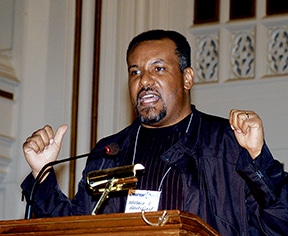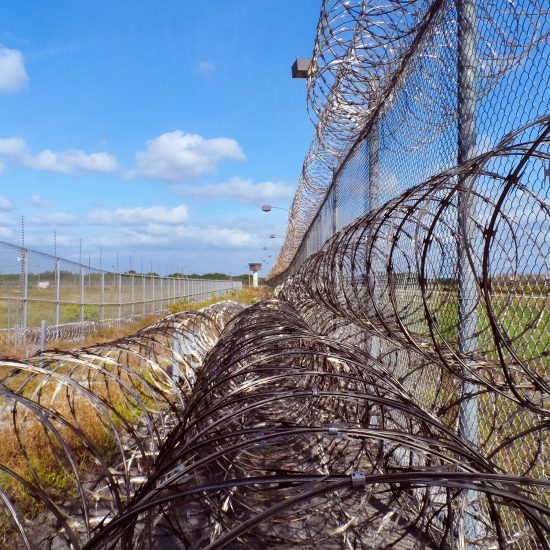KANSAS CITY, Mo. — Host Pastor Wallace Hartsfield II of Metropolitan Missionary Baptist Church drew sharp parallels in a pair of Bible studies — the poor left behind in Judea following the Babylonian invasion and a familiar New Testament story normally used to promote sacrificial giving.

Wallace Hartsfield II
|
He referenced the April 5-6 Churchnet annual gathering theme of “Share Hope…with those who need it most! Sharing your faith, ministering to needs and speaking for the poor,” and couched his focus on “listening and responding to the muted voices of the exposed and the exploited.”
In the April 5 opening worship session, the pastor examined passages in 2 Kings 24 and 25 that describe the Babylonian exile under King Nebuchadnezzar between 587 and 597 BC, noting the invaders carried into exile from Judah all the officers and fighting men, and all the artisans and craftsmen, leaving behind only the poorest of the poor.
“The Babylonian exile described here makes use of the Hebrew term for exile,” Hartsfield explained — to be made naked or to strip. “It was a time of Judah being exposed,” he said.
After the exile took place, Judah was left empty, except for the very poor and vulnerable.
For a long period, scholars focused their attention upon the exiles carried away but not on the detainees left behind without resource in their homeland, Hartsfield explained.
That interest in the lives of the left-behinds was rekindled around 1980, the pastor said, fueled by studies in sociology, anthropology and psychology that biblical scholars began to notice. Scholars broadened their study to include not only the historical narratives of the Bible but the Psalms, Lamentations, Isaiah and Ezekiel.
The poorest of the poor were people of low economic status, he said. Not only that, but the Babylonians left them without resources to keep life going on.
They were unheard voices, disenfranchised people without resources, he explained.
Hartsfield likened their circumstances to the developments in the area of Kansas City in which his church sits today.
“In the 1960s, this was predominantly a white neighborhood,” he said. But soon, the area experienced white flight to the suburbs and other places. The next wave was black flight, he said, as those with the resources to leave made their way out, too.
“You know what happens when you leave a place un-resourced,” he said. The detainees left in Judah were faced with nearly impossible challenges.
In the meeting’s closing session, Hartsfield placed his attention on Mark 12:38-13:2, with Jesus’s observations of the actions of religious leaders and givers at the temple.
Hartsfield called the story usually referred to as “the widow’s mite” as the story of the exposed widow.
In the story, Jesus contrasts the mannerisms of the “haughty religious leaders” who enjoyed being seen as they moved about the temple court. As Jesus watches the display of people bringing temple offerings, he points out an otherwise unnoticed person, a poor widow who empties her pockets with a gift of two mites, worth about a penny.
While leaders gave out of their bounty, the poor woman surrendered her living expenses. As such, Hartsfield said, she is exploited by the temple leaders, who in Jesus’ words, “devoured the houses of widows.”
This portion of the passage closes with Jesus’ disciples marveling at the size of the stones that make up the temple.
“There is a preoccupation with the stones and not what the stones are supposed to facilitate,” Hartsfield observed.
“Is Jesus commending (the widow’s) sacrificial giving or her exploitation (by the temple culture)?” he asked. “In the Torah, widows were to be provided for.
“We should not support systems that exploit,” he added. “That is victimization at its best. It is time for them to be thrown down” as Jesus said would happen to the stones of the temple.

